I'm trying to build a little system which highlights combining characters in a different color than regular characters. Take the following example:
* { font-size: 72px }
b { font-weight: normal; color: red }Tést A̴ B͓ <br/>
Te<b>́</b>st A<b>̴</b> B<b>͓</b>I'd like the three combining characters (acute accent, tilde overlay, and x below) to be highlighted in red, but remain precisely where they were if in the original text. The problem is, when I wrap a combining character in an HTML element, it is no longer 'attached' to the base character and instead inline with the rest of the text.
Is there any way to accomplish this with HTML / CSS?
Note: I have reviewed the answers here and here, but they all seem to only attack the problem 'geometrically'—that is they highlight the part of a character within a certain region. This question is specifically about highlight the 'typographical' aspects of the combining characters.
